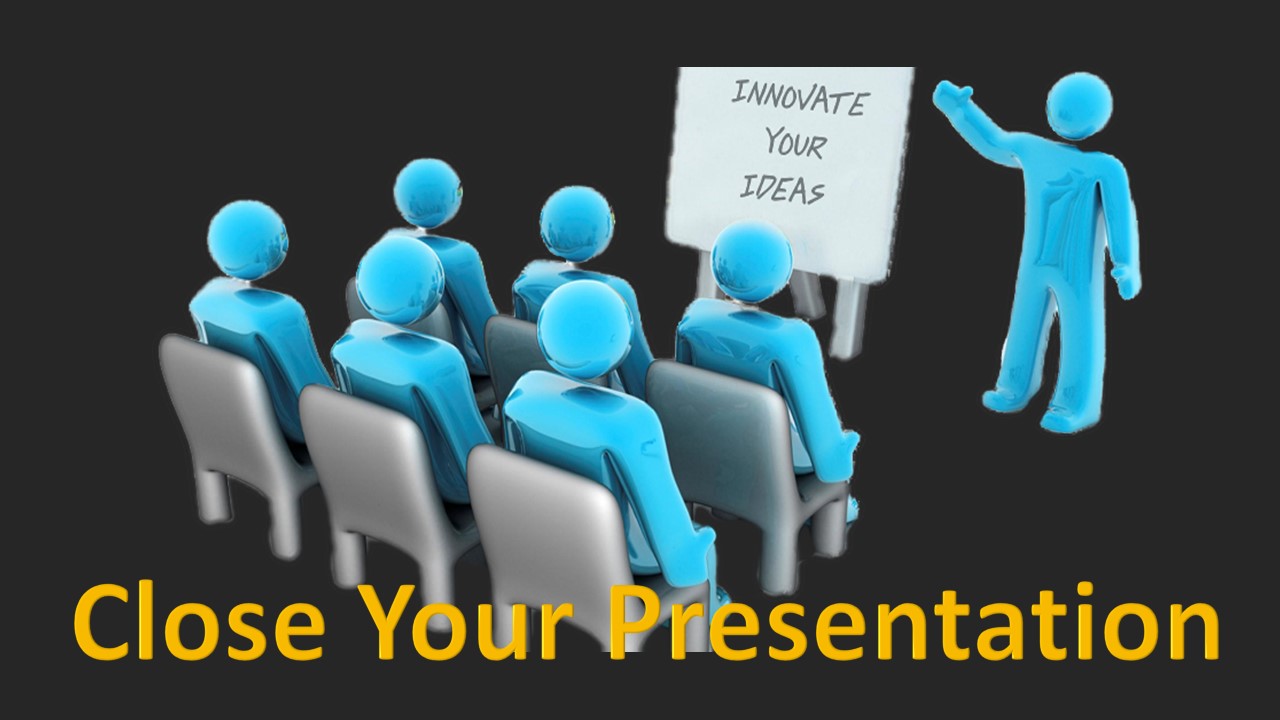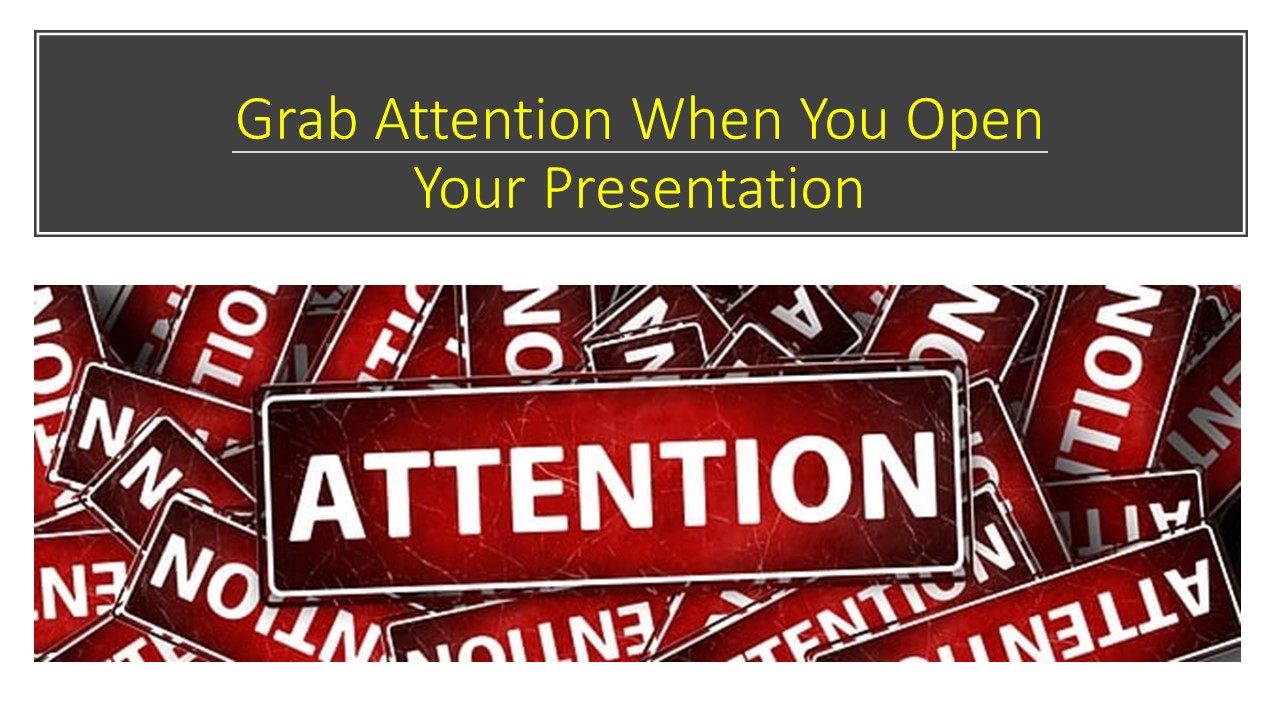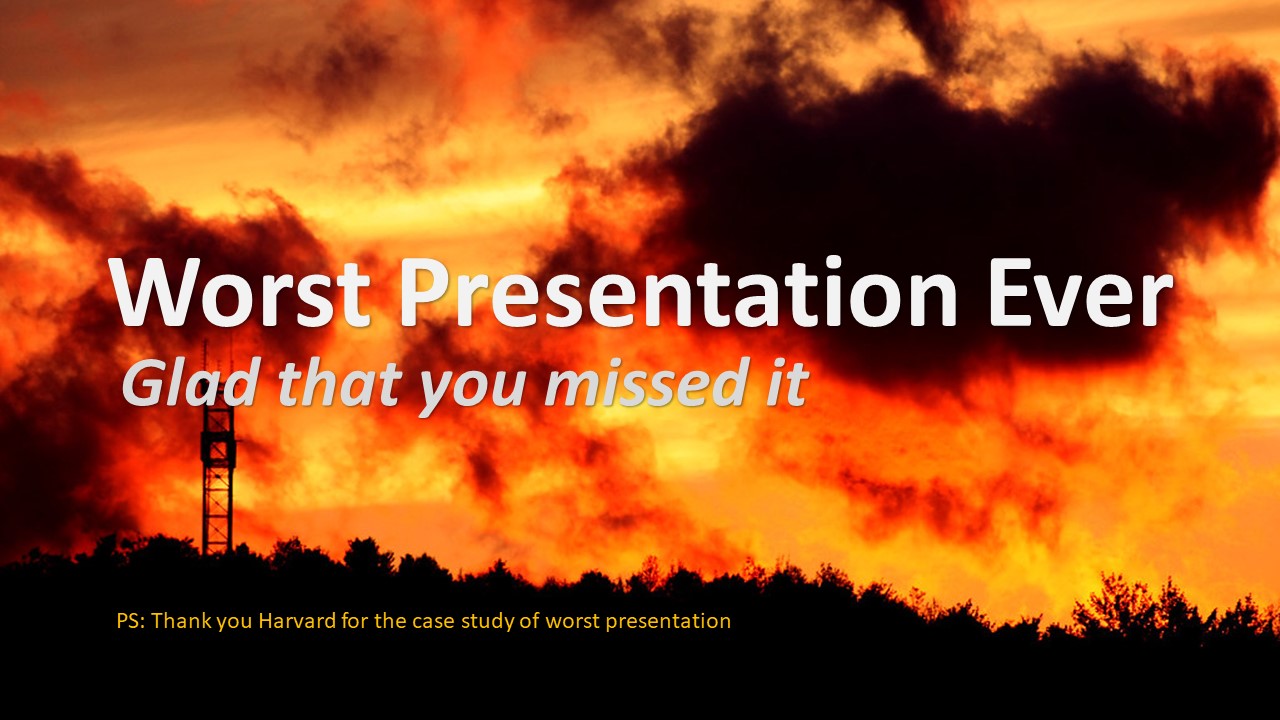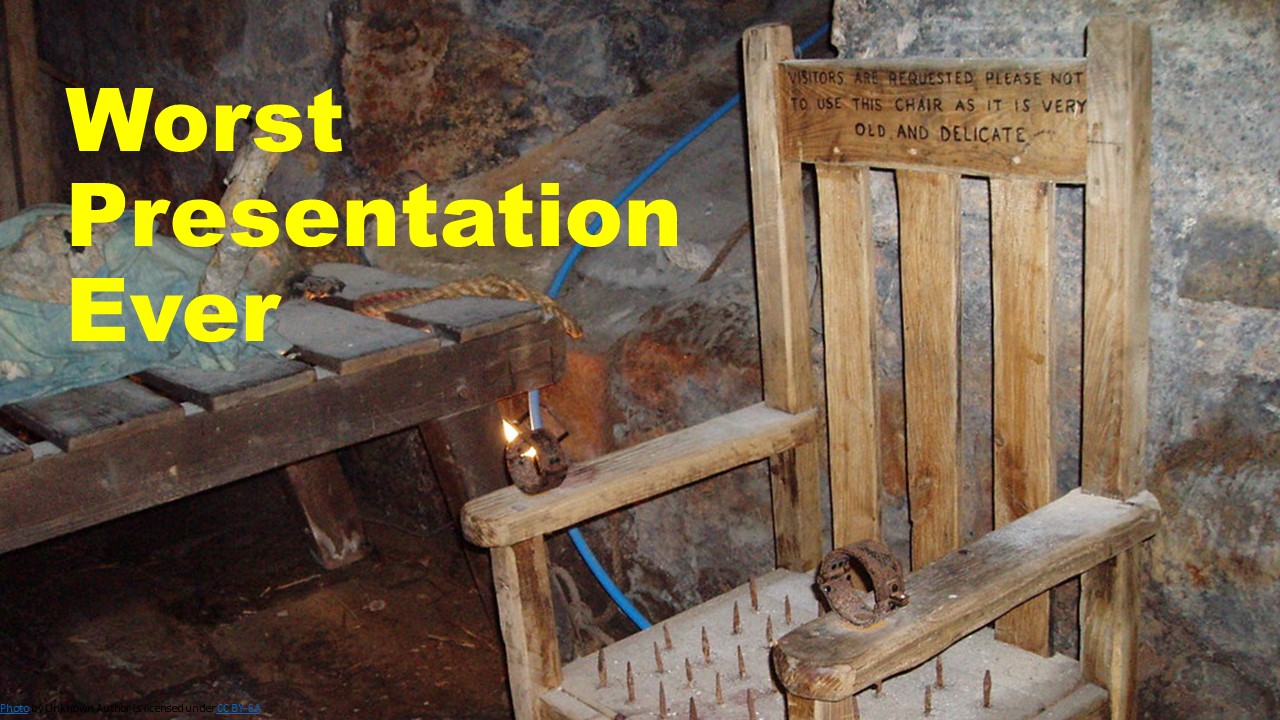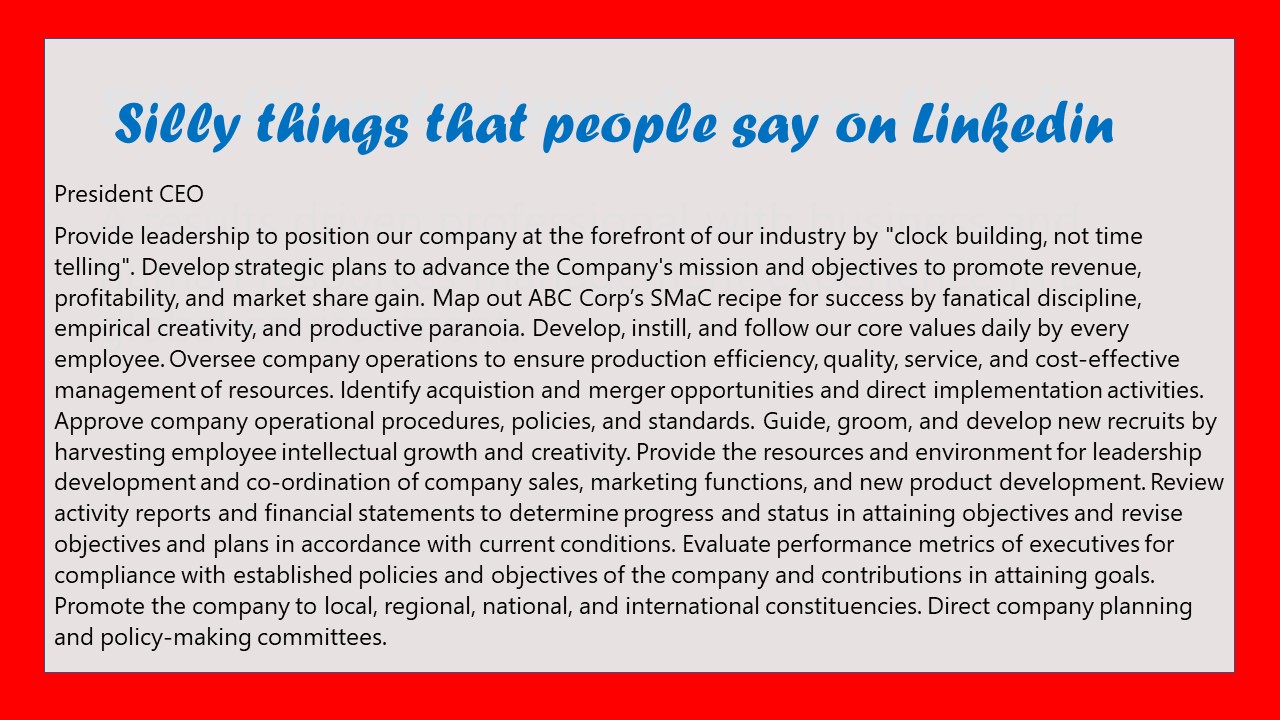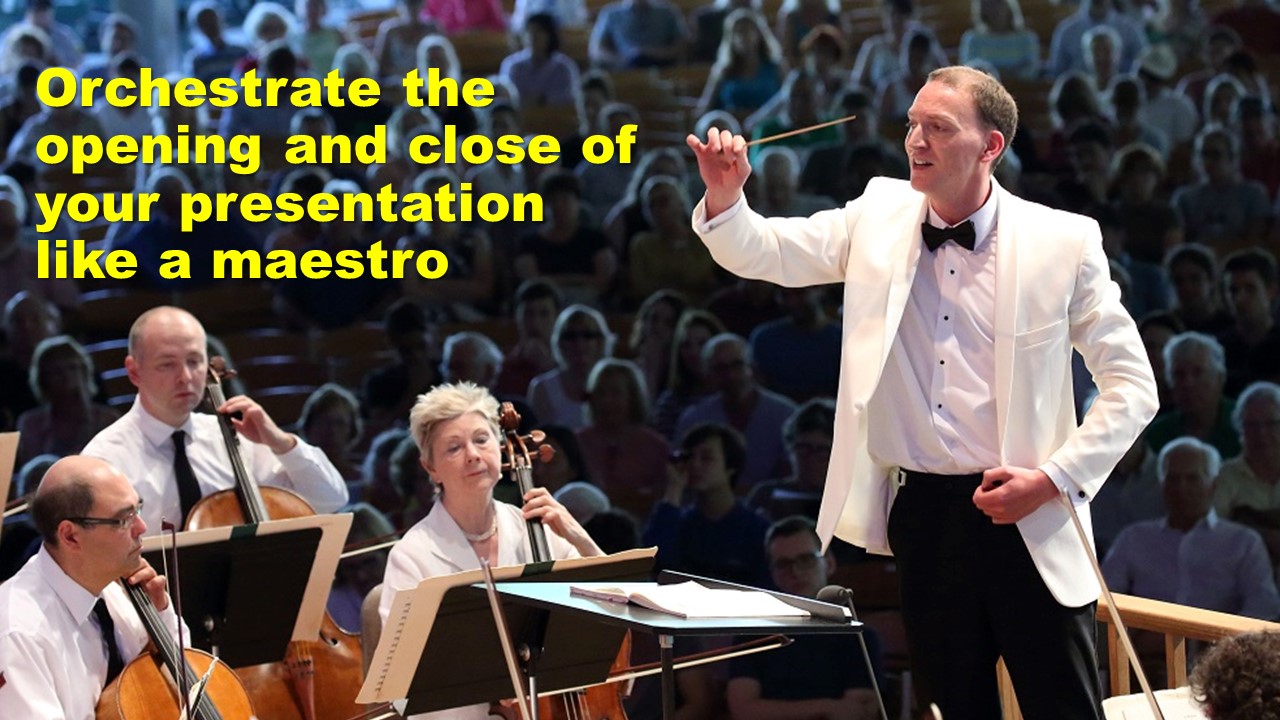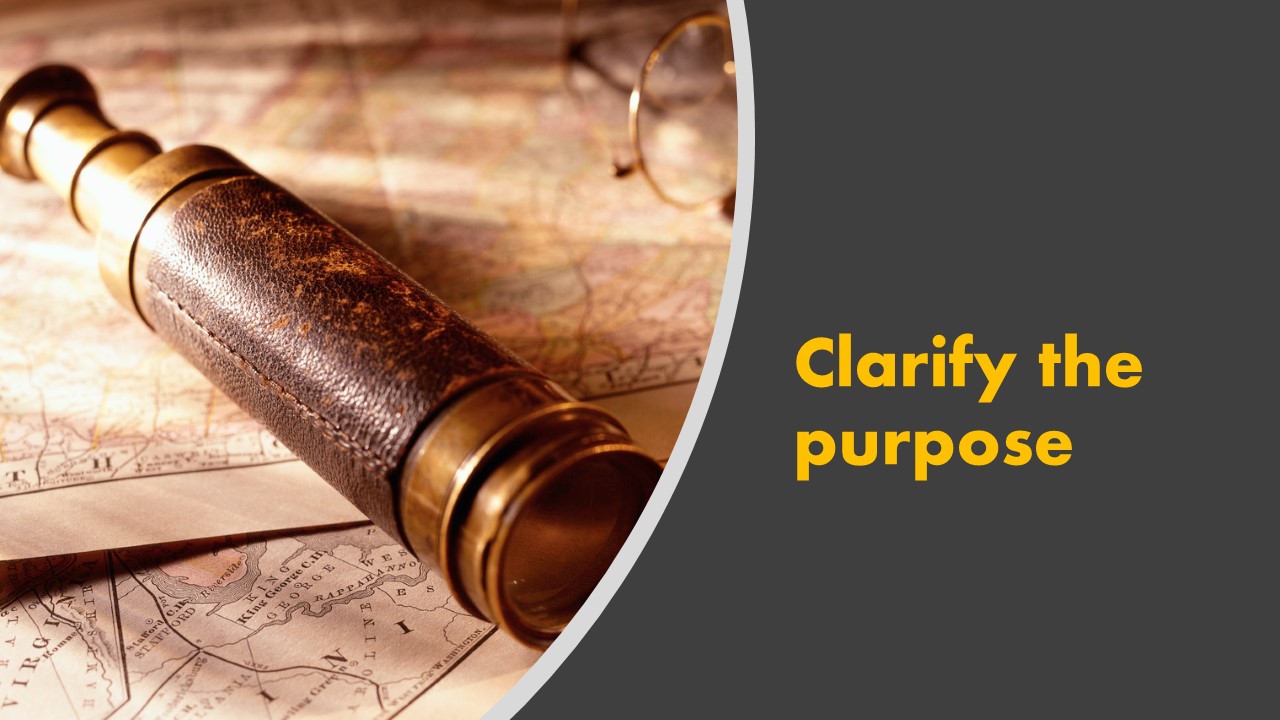Here is a recent exchange gone wrong from a person who asked to be a guest on my podcast. Notice the mistakes. Remember that my podcast is titled, Your Intended Message.
Close your presentation with pride
The close to your presentation is important to the success of your message. Your close is the last impression. You can make it the lasting impression that resonates within their mind even after they leave the room.
Grab Attention when You Open Your Presentation
How to open your presentation
Your first words are important because your audience is judging you. They are scrolling through questions in their mind:
Should I listen? How long will this take? Do I trust the person? How painful will this be? When will we get to the relevant part? What does this mean to me?
The purpose of your opening is to grab their attention, establish rapport and set the direction.
Most importantly – grab attention. How might you do that?
Worst Presentation Ever: Silly Phrases pt 3
What can you learn from the worst presentation? There is no Perfect Presentation. The goal is to deliver an effective presentation. An effective presentation is one that informs and moves the audience. As a presenter you can learn from the techniques of effective presenters. What did they do that worked well and you might be able to use in your presentations?
Worst Presentation Ever: Part Two: Clear?
We Can’t Hear You. The next flaw was that we didn’t hear or understand many of his words. Why? He mumbled often. Mumbling is a sign of incomplete thoughts and the lack of editing your words for a clear message.
His voice often trailed off at the end of his sentences. That’s a common mistake made when a speaker is thinking about their next thought instead of finishing the current thought. He wore a lapel microphone and often turned his face away from the mic which meant that his voice faded. That’s a mistake made by novice speakers. He didn’t know how to use a microphone.
Worst Presentation Ever: Harvard Professor
Imagine the worst presentation ever. Now, read this post to compare. Read on to discover what not to do during your presentation. Learn from the mistakes of this Harvard professor.
He had impressive credentials. He was Harvard educated and a Harvard educator. He’d authored at least 15 books. He was endorsed by Jack Welch and had spoken to business executives around the world. Wow! Sounds impressive! But… he was a lousy speaker. Calling him “lousy” is being kind and polite to him but not to his audience. He certainly wasn’t kind and polite to the audience.
Orchestrate the first and last impressions of your presentation
Spend more time and effort getting your opening and close right.
When creating your opening and close, consider the possibility that they might only remember these two parts. If that was true, would they have received your intended message? If not, revise your opening and close. The body is the detail, the opening and close provide the motivation and the direction.
Two techniques to build rapport with your audience
Build rapport with your audience by demonstrating how you are like them. Imagine if you could be an audience whisperer.


